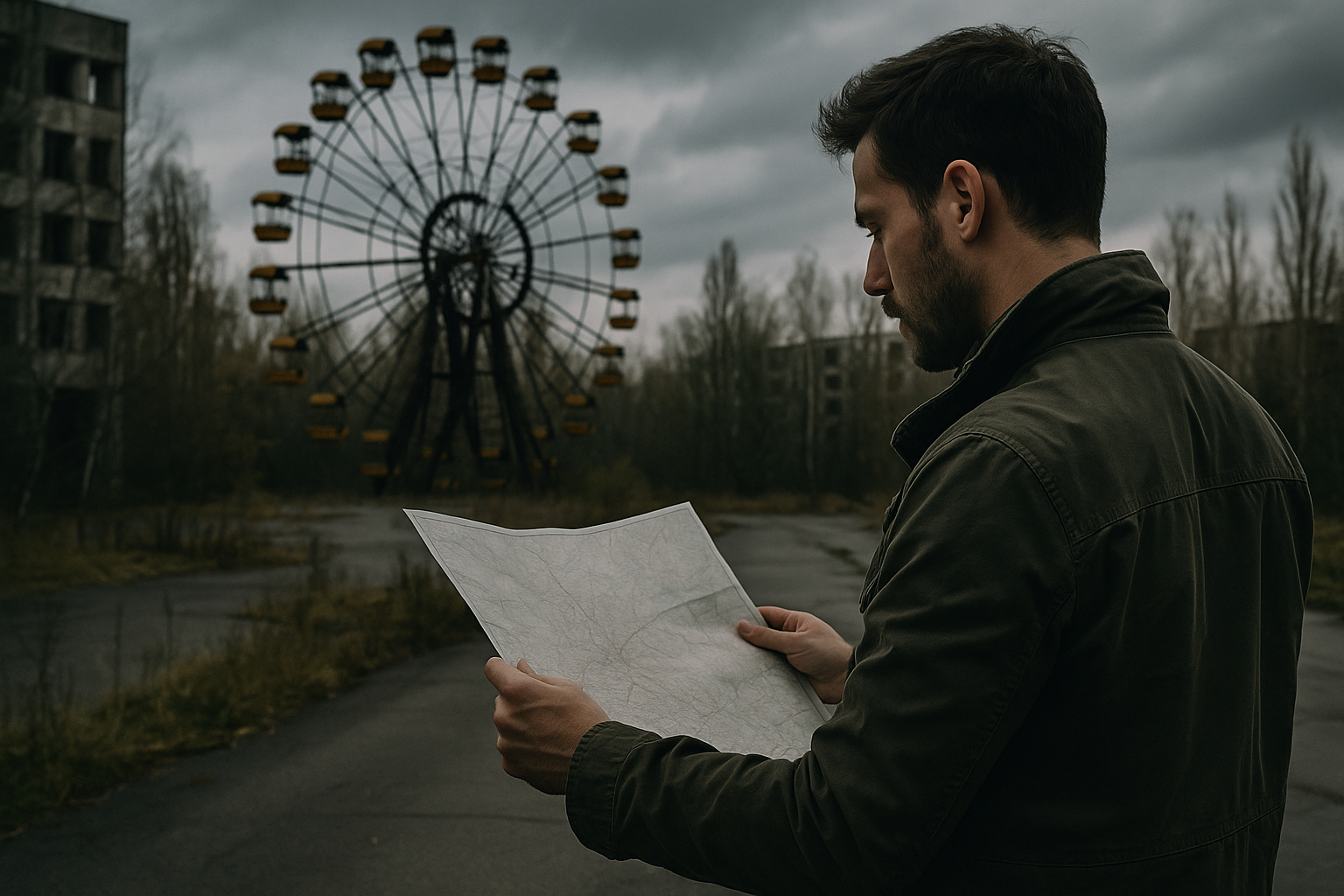Unfolding the Mystique of Dark Tourism: A Contemporary Travel Trend
The allure of the unknown has always fascinated travelers. But, a rising interest in destinations marked by tragedy, death, or the macabre, has given birth to a unique field in the travel sector: Dark Tourism. This trend has gained momentum over the past decade, drawing travelers to sites that were once considered taboo. But what drives this fascination? And how does it impact the travel industry and the destinations themselves? Let's delve into the world of Dark Tourism and unravel its enigmatic appeal.

A Glimpse into Dark Tourism
Dark tourism, also known as grief tourism or thanatourism, involves visiting sites associated with death, suffering, or disaster. This phenomenon is not entirely new; pilgrims have been visiting catacombs, battlegrounds, and sites of religious martyrdom for centuries. However, the increasing accessibility of such destinations and the growing curiosity among travelers have given this form of tourism a significant boost.
Why Dark Tourism?
The motivations behind dark tourism are multifaceted. For some, it’s an opportunity to pay respects and reflect upon historical tragedies. For others, it’s driven by a morbid curiosity or the thrill of the macabre. Some seek to understand the darker aspects of human history better, while others find a strange sense of peace in these somber settings.
The Impact on Travel Industry
Dark tourism has undeniably reshaped the travel industry. It has led to the development of specialized travel packages, guided tours, and educational programs centered around these sites. It has also sparked debates on ethical tourism, as it raises questions about the commodification of tragedy and the respect for the sanctity of these sites.
Dark Tourism Hotspots
From the haunting Auschwitz concentration camp in Poland to the eerie ghost town of Pripyat near Chernobyl’s nuclear disaster site, dark tourism destinations are scattered across the globe. Each site offers a unique, albeit grim, insight into the darker chapters of human history.
Controversies and Ethical Concerns
While dark tourism has its advocates, it also faces criticism and ethical concerns. The balance between education and exploitation is a delicate one. Critics argue that some sites have been commercialized to the point of disrespecting the memories of those who suffered there.
Some Intriguing Aspects of Dark Tourism
-
Dark tourism is not limited to historical sites. It also includes modern-day disaster zones, such as Fukushima in Japan.
-
Several academic institutions offer courses on dark tourism, reflecting its growing significance in the field of tourism studies.
-
Some researchers believe that dark tourism can have therapeutic effects, helping individuals confront and cope with their fears of mortality.
As we conclude our journey into the world of dark tourism, it’s clear that this trend offers an alternative lens to view our past, reminding us of the imperfections of human history. It pushes the boundaries of traditional tourism, challenging us to confront the uncomfortable and reflect upon it. Whether or not one agrees with the concept of dark tourism, its growing popularity signals a shift in travel culture – a move towards experiences that are not just about leisure, but also learning, reflection, and personal growth.






